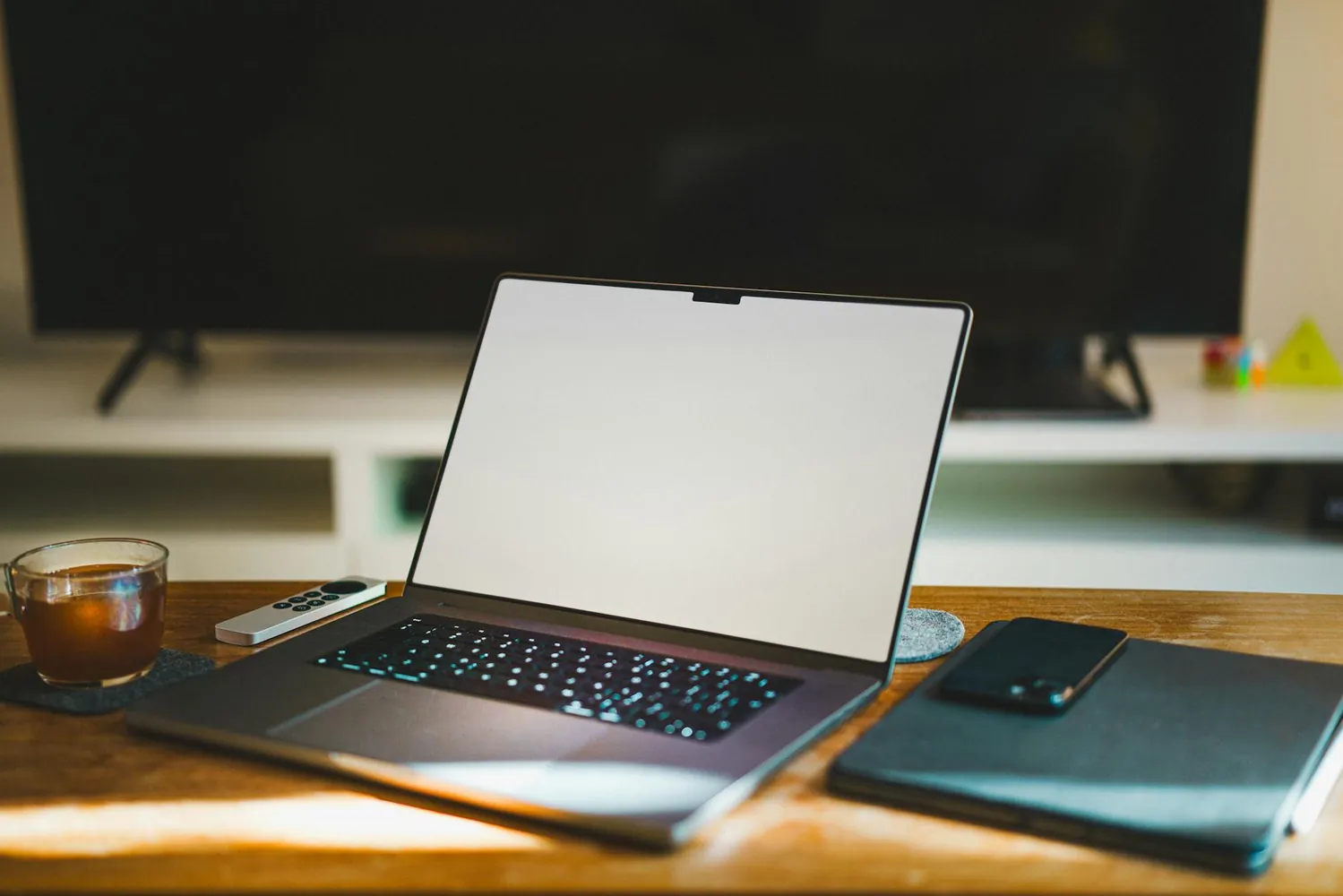tips for maximizing comfort in your remote work environment

Creating the Ideal Space Layout
Designing a comfortable and productive remote work environment starts with how you lay out your space. A well-organized space not only enhances efficiency but also contributes significantly to your overall comfort.
The Importance of Dedicated Work Zones
Start by defining a specific area in your home exclusively for work. This doesn’t necessarily mean you need an entire room; even a small nook can be transformed into a functional workspace. The primary goal is to create a mental separation between work and home life. Why is this important? Because it allows you to psychologically shift into 'work mode' when you're in this space, and equally important, to 'switch off' when you leave it.
If possible, choose a location with minimal distractions. Avoid high-traffic areas like the living room or kitchen, where household activity might disrupt your focus. A quiet corner of the bedroom or a converted closet space could be ideal alternatives.
Layout Tips for Optimal Productivity
The layout should facilitate movement and encourage good posture. Position your desk and chair such that you can move freely without obstruction. Consider the placement of essential tools and supplies; everything you need should be within easy reach to minimize unnecessary movement that could break your concentration.
- Distance from the door: If your workspace is near a door, ensure it's behind or to the side of your field of view to reduce distraction from family members or pets passing by.
- Visual cues: Use decorative items to create a pleasant environment, but avoid clutter. Plants, artwork, or calming color palettes can enhance mood and creativity.
Choosing Ergonomic Furniture
The furniture you select plays a crucial role in maintaining comfort over extended periods. Ergonomics involves designing workspaces that fit the needs and limitations of their users, thus preventing strain and injury.
Desks: More Than Just a Surface
Your desk should be spacious enough to hold your computer, keyboard, mouse, and other necessary items without cramping your style. Adjustable desks, which allow you to switch between sitting and standing positions, are particularly beneficial. A sit-stand desk helps in improving circulation and reducing fatigue caused by prolonged sitting.
However, if investing in a new desk is not feasible, consider using monitor risers or stackable supports to create a standing desk with existing furniture.
The Perfect Chair: Supporting Your Back and Beyond
Your chair should support your spine’s natural curve. Look for chairs with adjustable height, lumbar support, and swivel function. If an ergonomic chair is outside your budget, explore add-ons like seat cushions or backrests that can enhance comfort on standard chairs.
- Foot position: Ensure your feet rest flat on the floor. If needed, use a footrest for additional support.
- Armrests: These should allow your arms to bend at a comfortable angle without strain.
Lighting Techniques to Enhance Focus
Effective lighting can transform your workspace from dull to dynamic and significantly boost productivity. Natural light is ideal; it reduces eye strain and boosts mood and alertness.
Maximizing Natural Light
Place your desk near a window but angle your screen away from direct sunlight to prevent glare. Use sheer curtains to diffuse light throughout the day. In case natural light is limited, mimic its effects with full-spectrum LED lights that closely resemble daylight.
Artificial Lighting Tips
If artificial lighting is necessary, choose options that provide soft, even illumination across your workspace. Avoid overhead fluorescent lights which can cause harsh shadows and eye strain. Desk lamps with adjustable necks allow for focused lighting exactly where you need it.
- Task lighting: Use task lights for specific activities like reading documents or sketching. They provide additional illumination without overpowering your main light source.
- Dimmable options: Consider lamps with dimming capabilities to adjust brightness according to time of day and work requirements.
Personalizing Your Workspace
A personalized workspace can enhance both comfort and motivation. Incorporate elements that resonate with you personally—this could be anything from a favorite poster to inspiring quotes displayed on your wall.
Organizational Tools: Reducing Clutter
A tidy space is crucial for maintaining focus. Utilize cable organizers, document trays, and drawer dividers to keep everything in order. Consider digital organization tools like desktop software that helps manage tasks and files efficiently.
Add Comfort with Textiles
Cushions, throw blankets, or even a cozy rug can add warmth to your workspace making it inviting while absorbing sound for a quieter environment. These elements also help in defining personal space visually in shared environments.
The Balance Between Aesthetics and Functionality
Your home office should be as aesthetically pleasing as it is functional. Striking this balance often comes down to choosing pieces that serve dual purposes. For instance, a bookshelf not only stores materials but can also act as a room divider in open spaces.
When Style Meets Substance
Select storage solutions that complement the overall decor while serving practical needs. Consider multi-functional furniture like desks with built-in drawers or seating options that double as storage bins.
Finally, don't forget about the power of color psychology. Colors like blue are known for enhancing focus, while green promotes calmness—use these insights when choosing paint colors or decorative items in your workspace.